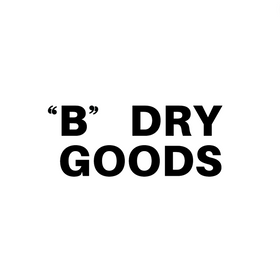Étude de Chevaul Vue de Dos, Esquisse de Cavalier by Edgar Degas
Regular price
Unit price
per
[Study of horse seen from behind, sketch of rider]
Black pencil on tracing paper. Estate stamp lower left (L657). Paper slightly rippled, else fine. 6 x 8.5 inches (21.5 x 15.5 cm). Provenance: Vente Me Rheims, Hôtel Drouot, Paris, salle n°7, 16 March 1966, 16/03/1966, n°129, reproduced plate.
Although Edgar Degas is highly unlikely to have ever ridden a horse himself, his interest in the theme of horses and their riders lasted for almost the whole of his career. Between 1860 and around 1900, he produced around twenty pastels and forty-five paintings of equestrian themes, as well as seventeen sculptures and some two hundred and fifty drawings of horses, almost all of which remained in his studio until his death in 1917. As Richard Kendall has noted, however, "Despite the fame of Degas’s racing pictures and his attachment to the subject for much of his career, almost nothing is known of the circumstances in which he made his equestrian drawings. Apart from some references in his letters and elsewhere to racetrack visits and trips to the country, there is not a single account of him drawing directly from a live horse. Adding to the mystery is the huge technical and conceptual challenge of fixing the position of an animal in rapid movement, especially one in such unstable, unpredictable action...Degas apparently created these works from vivid recollections of the turf and the stable and a limited number of on-the-spot sketches, all reinforced by knowledge gleaned from other sources."


